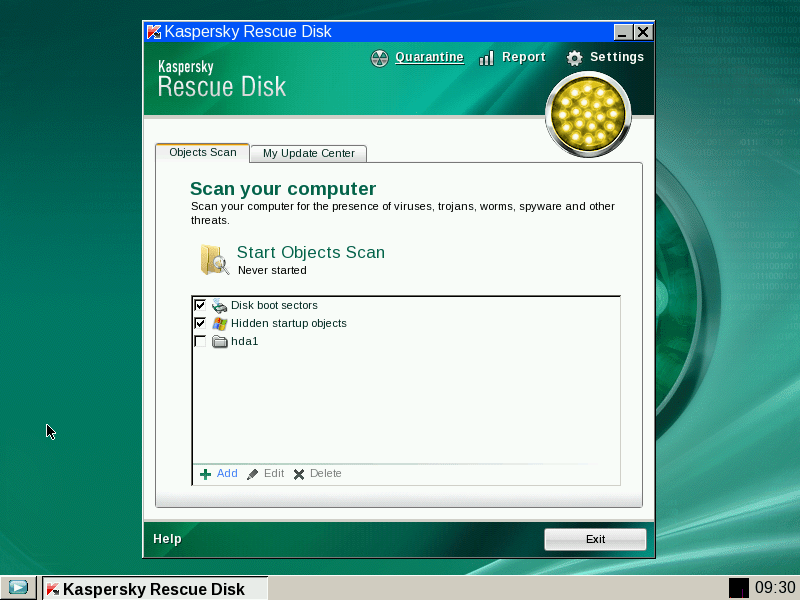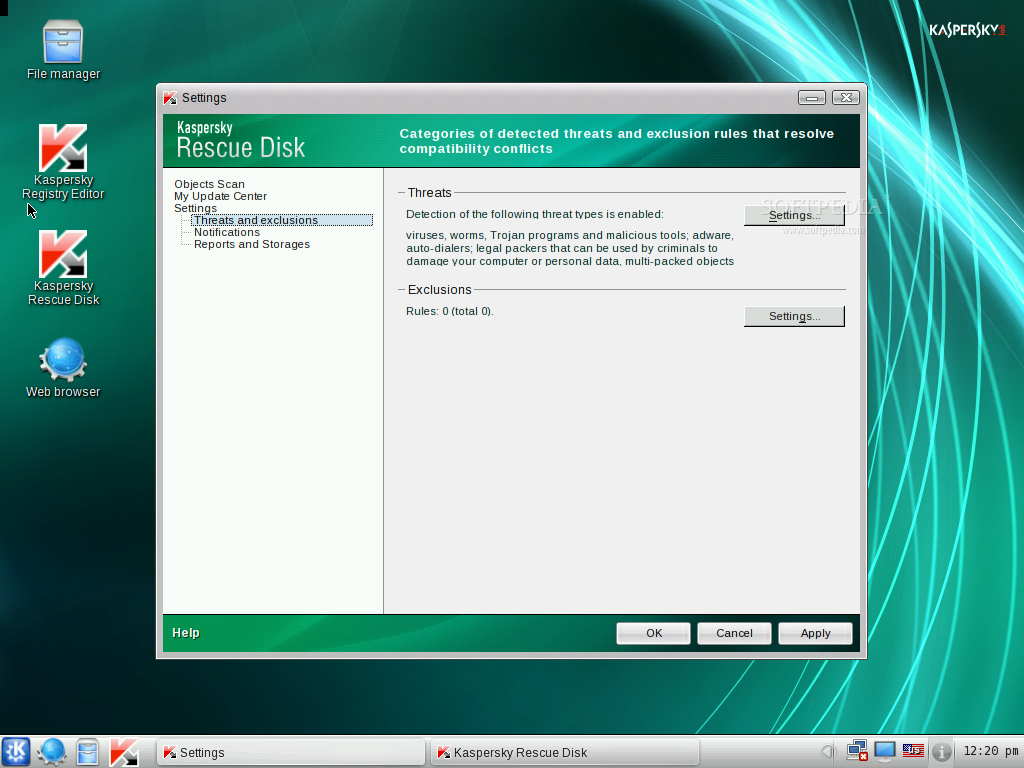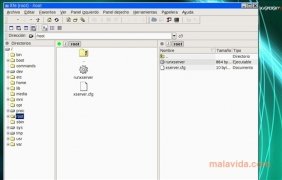

- #KASPERSKY RESCUE DISK FOR MAC OS X SIERRA HOW TO#
- #KASPERSKY RESCUE DISK FOR MAC OS X SIERRA DRIVER#
It doesn't matter if your Mac is functioning or not, it can recover your data under all scenarios. Out of all the available options, Recoverit Data Recovery for Mac by Wondershare is one of the most reliable and well-functioning recovery tools. Once you have disabled SIP on Mac, you can easily get back your lost data using a reliable data recovery tool.
#KASPERSKY RESCUE DISK FOR MAC OS X SIERRA HOW TO#
Part 3: How to Recover Data on a Working macOS High Sierra To do this, follow the same drill, but enter the "csrutil enable" command instead of the one that disables it. Kindly note that when the Mac Sierra recovery is finished successfully, you should again turn on the SIP feature. Once you get the success prompt, you can restart the Mac. Step 4. If the feature is turned on, then you can disable System Integrity Protection by entering the command "csrutil disable". This will let you know if SIP is enabled or disabled on Mac. Before you disable SIP on Mac, check its status by entering the "csrutil status" command. Step 3. Great! This will launch the Terminal window on the screen so that you can enter the related commands. Here, go to the toolbar and click on Utilities > Terminal. Step 2. In no time, Mac would load the Recovery Mode screen. To do this, turn on your Mac and keep holding the Command + R keys at the same time. Step 1. Firstly, you need to restart your system in the Recovery mode. Here's how to disable System Integrity Protection on Mac. Since SIP would block access to a low-level system, we need to turn it off beforehand. For instance, to perform Mac Sierra recovery, we need to use a data recovery application, which is a low-level utility tool.

While SIP is a crucial security feature on Mac that should be turned on, there are times when we need to disable it. If you get a prompt stating "Operation not permitted", then it implies that SIP has been enabled on your Mac. To check if SIP is enabled on your system, just launch the Terminal and try to access the Bin or System folder. As a result, malware or a malicious entity can't access the root or infect the entire system. Therefore, when SIP is enabled, we can't access the System, Bin, or secure User folders. If SIP is disabled, then an application or user can access the OS root, which leads to access of the entire system.

SIP has been implemented at the kernel-level of the OS to restrict the root account access. It was introduced in macOS 10.11 (El Capitan) to make the system less vulnerable to security threats and malware attacks. In a nutshell, System Integrity Protection is a security feature that restricts third-party apps to access the "root" of the system. Therefore, you should get to know about its use and how to disable System Integrity Protection beforehand. Ideally, if SIP (System Integrity Protection) feature is enabled on your Mac, then you can't use a third-party tool to perform data recovery. Part 2: How to Disable System Integrity Protection on Macīefore we get into the details and learn how to perform Mac Sierra recovery, it is important to cover this. Let's learn how to disable SIP on Mac in the next section. In order to make these applications work, we first need to disable the System Integrity Protection feature on Mac. The good news is that we can take the assistance of working Mac Sierra recovery tools to get the lost data back.
#KASPERSKY RESCUE DISK FOR MAC OS X SIERRA DRIVER#
Apart from that, driver trouble, firmware glitch, memory allocation table issue, or any other software-related problem can also trigger the same.Īs you can see, there could be all kinds of reasons for causing data loss in Mac.Your Mac can get infected by a virus or malware, leading to the corruption of your files or the storage system.Sometimes, the mishandling of certain files by the system or any third-party application also makes it unavailable.

A bad sector on the hard disk or a corrupted unit can also lead to unwanted data loss.Additionally, you could have formatted the hard disk intentionally to resolve some issues. An entire drive could be formatted by mistake as well.Accidental deletion of data is one of the common causes in which users end up deleting something by mistake.Following are some of these common scenarios: Ideally, there could be all kinds of reasons or triggers for data loss on Mac. Nevertheless, there are times when users end up suffering from an unwanted loss of their data. The new releases like macOS 10.13 or 10.14 are even more advanced and secure. If you are a regular Mac user, then you might already know how secure the OS is. Part 4: How to Recover Data on Unbootable macOS High Sierra.Part 3: How to Recover Data on a Working macOS High Sierra.Part 2: How to Disable System Integrity Protection on Mac.


 0 kommentar(er)
0 kommentar(er)
